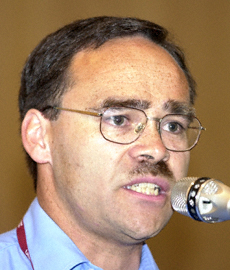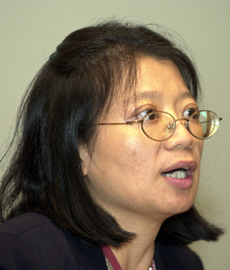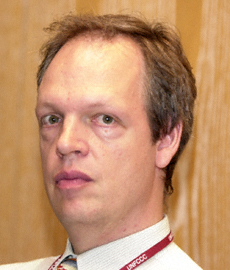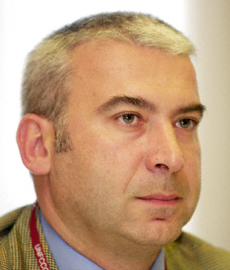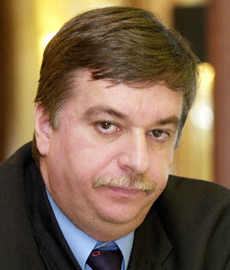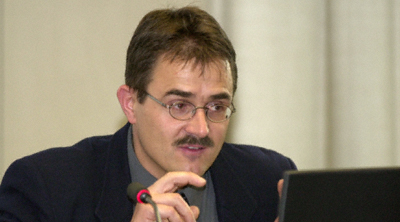|
William Kojo-Agyemang-Bonsu, Expert Group on Technology Transfer (EGTT), drew attention to the UNFCCC Workshop on enabling environments held in Ghent, Belgium, in April 2003, the Handbook on Methodologies for Technology Needs Assessments, and the UNFCCC technology information system.
Wanna Tanunchaiwatana, UNFCCC, outlined UNFCCC activities and workshops relating to technology transfer and enabling environments for such activities.
Daniele Violetti, UNFCCC, presented the UNFCCC technical paper "Enabling Environments for Technology Transfer." He highlighted that the technical paper reviews: north-south perspectives; adaptation and information in national communications; barriers to and opportunities for creating enabling environments in multilateral fora; the importance of stakeholder participation; the relationship between enabling environments and different sectors; and possible next steps.
Richard Bradley, EGTT, summarized the conclusions of the Ghent workshop and the technical paper including that: opportunities for improving institutional environments are present at local, regional, national and international levels; technical, economic, political, cultural and social barriers to technology transfer exist at each stage of the process; removal of barriers to promoting technology transfer can have positive and negative consequences; barriers exist in both transferring countries and host countries; stakeholders' involvement and international partnerships are important for successful technology transfer; and fostering enabling environments is necessary to encourage transfer of adaptation technologies.
Bo Lim, UNDP-GEF, presented the UNDP-GEF Handbook on Methodologies for Technology Needs Assessments. She highlighted that the Handbook indicates how to design financing plans to fulfill countries' technology needs.
Florin Vladu, UNFCCC, stressed the importance of the UNFCCC clearinghouse system, TT:CLEAR, which provides information on technology transfer, acts as a gateway for information, and includes data on types of technology, projects and case studies.
|



